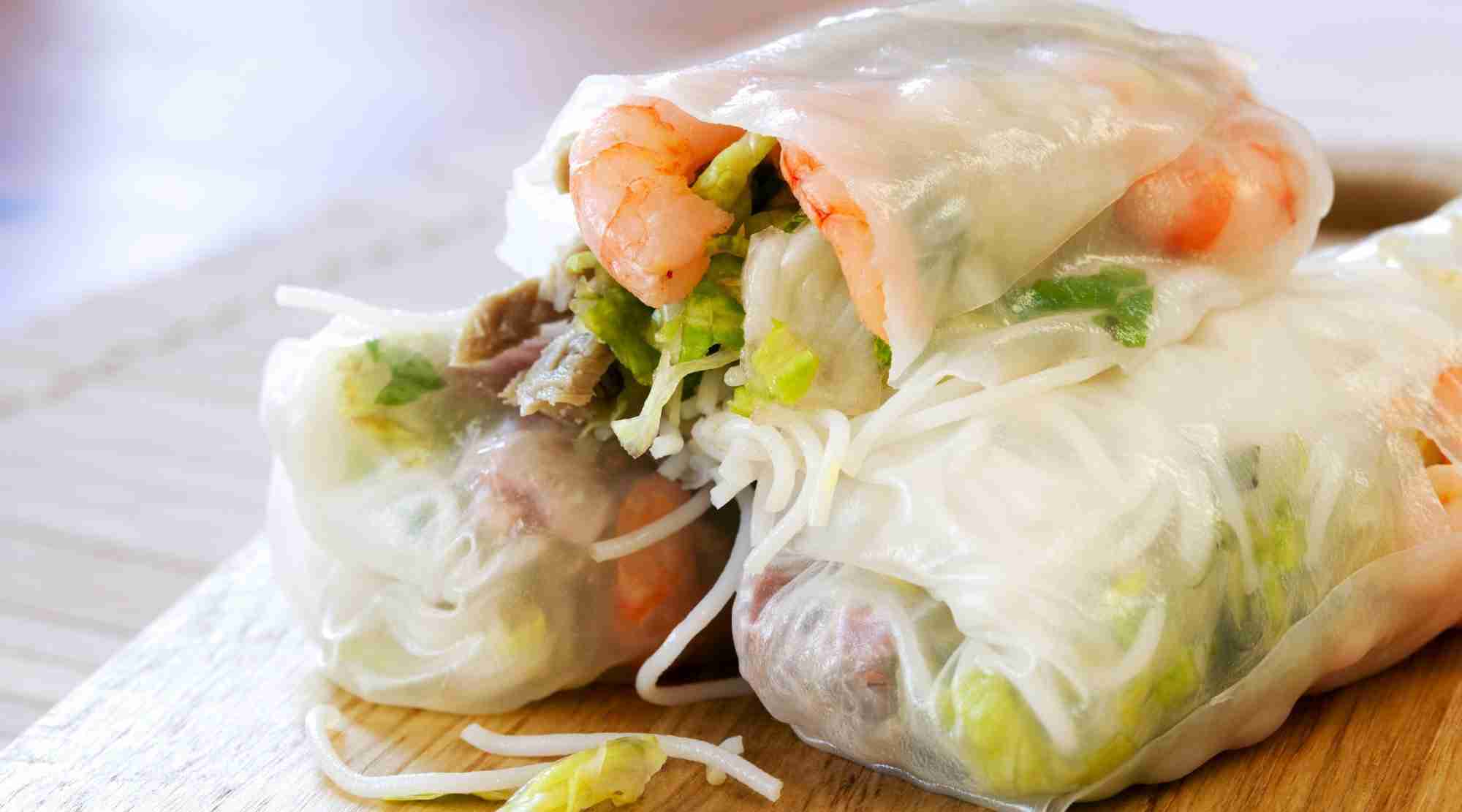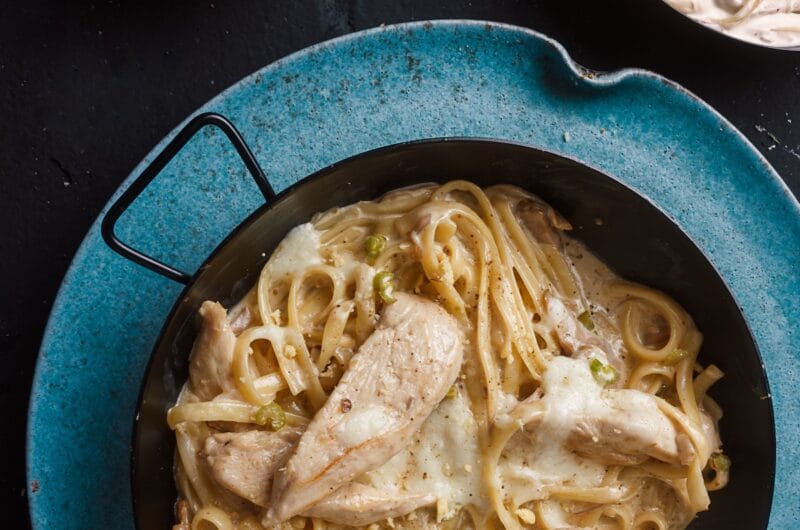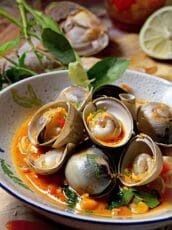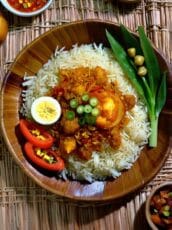It’s true that Cambodian Recipes: Healthy Khmer Food Cuisine in Asian Kitchen . Cambodian food has similarities to Vietnamese, Thai, Chinese, Kampuchea Krom, Japanese, Lao and other food in South East Asia.
Cambodian food aka Khmer food History
Cambodian cuisine, also known as Khmer cuisine, reflects the culinary traditions of Cambodia, drawing heavy influence from Chinese, Thai, Vietnamese, and other Asian cuisines. Key ingredients like water, vegetables, rice, and freshwater fish shape Khmer food, mirroring trends in neighbouring Southeast Asian countries such as Thailand, Vietnam, China, and others.
A lasting culinary legacy of the French Protectorate of Indochina is the baguette, referred to as “nom pang” in Khmer, now a staple in Cambodia, Vietnam, and Laos. It’s commonly enjoyed with pâté, tinned sardines, or eggs, often accompanied by a cup of robust coffee sweetened with condensed milk—a quintessential Asian breakfast.
While Cambodian cuisine shares commonalities with Thai food, it typically incorporates less chili, sugar, and coconut cream for flavor. There are also parallels between Vietnamese and Khmer cuisine, owing to shared dishes and a colonial history under the French colonial empire in Southeast Asia.
The 13th-century arrival of the Chinese left a significant mark on Khmer culture, particularly in their culinary practices. Various versions of rice noodles from Chinese cuisine have been integrated into Khmer and other Asian recipes.
Curry dishes, known as “Kari” in Khmer, Thai, and Vietnamese, bear a trace of cultural influence from India. The 16th-century influence of the Portuguese and Spanish in Cambodian affairs introduced chili and peanuts to Asia from the New World. However, chili never attained the same status or prominence in Cambodian recipes as it did in other Asian cuisines like Thai, Laotian, and Malaysian. Even today, chili is sparingly used in Cambodian cooking.
Cambodian Recipes: Healthy Khmer Food Cuisine in Asian Kitchen
“Cambodian Recipes: Healthy Khmer Food Cuisine in Asian Kitchen” is frequently underestimated in comparison to more widely recognised Asian cuisines like Chinese, Thai, or Vietnamese. Residing in Cambodia provides an opportunity to gain insight into this often misunderstood culinary tradition and appreciate its distinctive allure.

Indeed, Cambodian Recipes: Healthy Khmer Food Cuisine in Asian Kitchen ranks among the finest in Asian cuisine, boasting similarities with its neighboring counterparts such as Vietnamese, Thai, Chinese, and Lao recipes.
Similarity of Cambodian food with Asian Food
Cambodian food shares many similarities with other cuisines in Asia. One common thread is the use of rice as a staple. Just like in many Asian countries, rice is a fundamental part of every meal in Cambodia. It’s served alongside various dishes and is often used as a base for flavorful stir-fries and curries.
Another similarity lies in the vibrant use of aromatic herbs and spices. Cambodian cuisine, much like other Asian cuisines, relies on a rich blend of flavors. Lemongrass, ginger, garlic, and fresh herbs like basil and cilantro are commonly used to add depth and fragrance to dishes. This emphasis on aromatic ingredients creates a symphony of tastes and scents that is characteristic of Asian cooking.
Furthermore, the practice of communal eating is a shared trait among Asian cultures, including Cambodia. Family-style dining is common, where several dishes are placed in the center of the table for everyone to share. This fosters a sense of togetherness and allows for a diverse range of flavors and textures to be enjoyed by all.
Seafood plays a significant role in Cambodian cuisine, much like in many other Asian countries with coastal regions. Fresh catches from rivers and seas are a staple source of protein. Dishes like grilled fish, prawns, and squid are popular and reflect the influence of the abundant waterways that run through Cambodia.
Similar to other Asian cuisines, Cambodian food places a strong emphasis on balance. Dishes strive to achieve harmony between sweet, sour, salty, and spicy flavors. This balanced approach to taste is a hallmark of Asian cooking, creating a delightful and well-rounded dining experience.
Lastly, street food culture is a unifying factor across many Asian nations, including Cambodia. Street vendors and markets are bustling hubs of culinary activity, offering a wide array of snacks and meals. This accessibility and variety reflect a shared love for flavorful, on-the-go dining experiences that define street food culture throughout Asia.
Cambodian Street Food
Cambodian street food is like a tasty adventure waiting to be explored. Imagine bustling markets and small stalls lining the streets, offering all kinds of delicious dishes. One favorite is “Nom Banh Chok,” which is rice noodles in a coconut fish curry with fresh herbs and veggies on top. It’s a bit sweet, a bit sour, and a bit spicy – a burst of flavors in every bite!
You’ll also find skewers with juicy meats and seafood, like marinated beef or fried crab. They’re cooked over open flames, giving them a delicious smoky taste. Another yummy treat is “Num Pang,” a sandwich filled with flavorful meats, fresh veggies, and zesty sauces. It’s easy to carry and perfect for on-the-go snacking.
For dessert, there are sweet treats like “Chek Chheuk,” made from sweet potato flour with a drizzle of palm sugar syrup. It’s a delightful way to satisfy your sweet tooth. Then there’s “Bai Dom Long Chet,” a sticky rice cake with a sweet mung bean filling, wrapped in banana leaves. It’s like a warm hug for your taste buds.
In a nutshell, Cambodian street food is a delightful mix of flavors and textures that tell a story of culture and tradition. From savory to sweet, there’s something for everyone to enjoy on the lively streets of Cambodia.
Related Article: About Cambodia Recipe
















